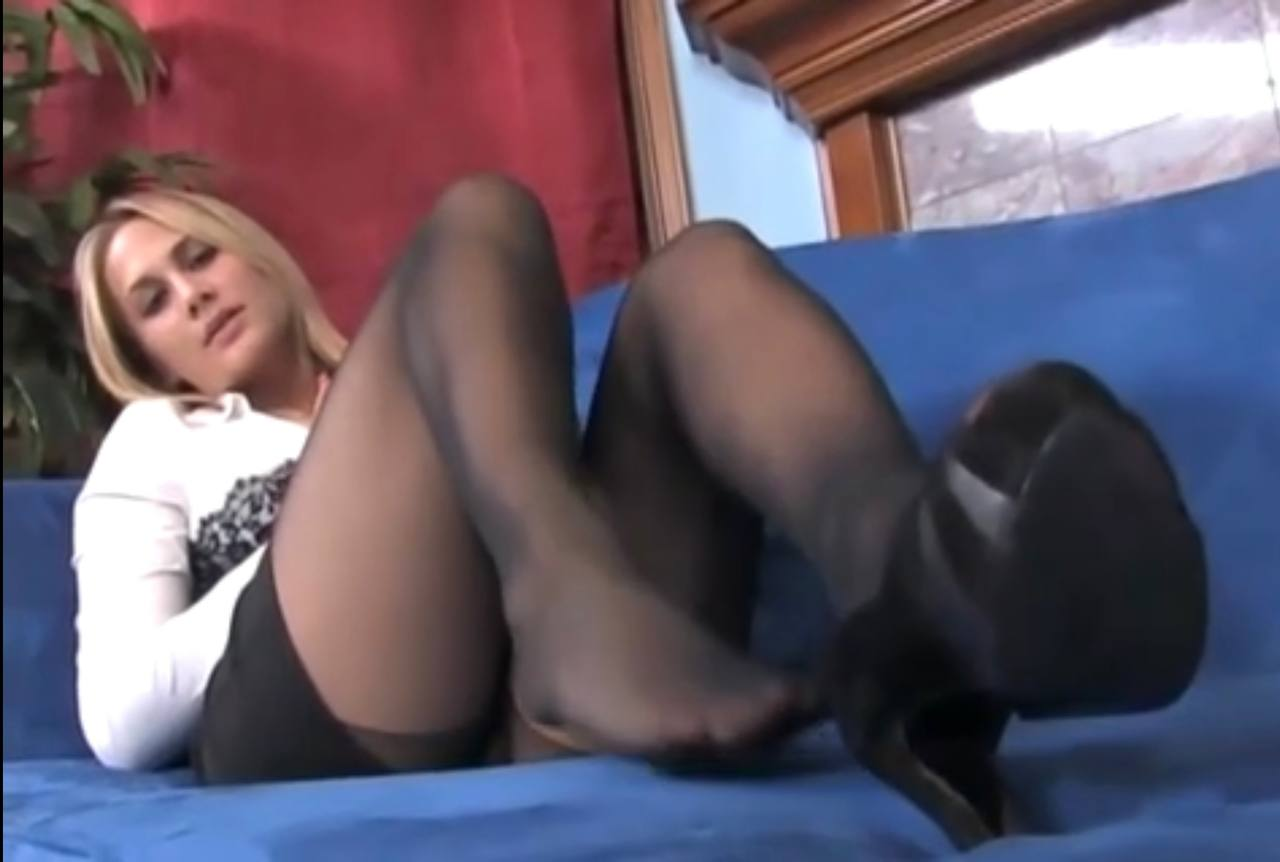Recognizing the Signs – Essential Indicators That Your Relationship Might Be Facing Challenges
In the journey of companionship, moments of bliss often mingle with challenges that can emerge unexpectedly. These difficulties can manifest in various forms, and recognizing them early can make all the difference. A keen awareness of the shifts in dynamics can help in addressing concerns before they escalate into larger issues.
Communication plays a pivotal role in any bond, and when the dialogue begins to falter or shift in tone, it may signal deeper complexities at play. Noticing sudden changes in behavior or emotional expression can provide valuable insights into the state of affairs. Taking the time to reflect on these shifts can lead to a more profound understanding of the situation.
Often, subtle hints may be brushed aside, but acknowledging them can pave the way for deeper discussions. Embracing vulnerability and open-heartedness creates a safe space for both individuals to voice their feelings, leading to a more resilient connection. Understanding these nuances is essential for nurturing trust and intimacy, ensuring that both parties feel valued and heard.
Understanding Communication Breakdowns
When two individuals come together, the dynamic often relies heavily on the exchange of thoughts and feelings. It’s fascinating how simple miscommunications can lead to larger rifts. The way phrases are interpreted and emotions expressed can transform interactions from harmonious to chaotic in an instant.
One common issue arises from assumptions made about the other’s understanding. Often, intentions are misread, leading to frustration. This disconnect can create a cycle of misunderstanding where both parties feel unheard or dismissed. Listening actively and ensuring clarity in messages can be a game-changer in these situations.
Non-verbal cues also play a significant role in interactions. Body language, facial expressions, and tone can all convey messages that words sometimes fail to express. Being aware of these signals is crucial; ignoring them might escalate tensions rather than resolve them. Taking a moment to reflect on how a message is delivered can pave the way for more fruitful discussions.
Lastly, the environment in which communication takes place cannot be overlooked. External stressors and distractions can heavily influence how messages are shared and received. Recognizing when to step back and address external factors can make a world of difference in fostering positive dialog. Building a foundation of trust and open expression will ultimately enhance the connection between individuals.
Signs of Emotional Disconnect
In any close bond, it’s common for emotional distance to creep in unnoticed. Over time, subtle shifts in interactions can signal a growing gap. Recognizing these signs early can help address underlying issues before they expand further.
- Communication becomes sparse, with conversations feeling more superficial.
- Moments of joy or laughter are less frequent, leading to a dull atmosphere.
- Physical affection diminishes, creating a sense of detachment.
- Emotional support is lacking; sharing feelings or concerns feels one-sided.
Noticing these changes can serve as a prompt to reflect on feelings and seek resolution. Rebuilding connection often requires openness and understanding, along with a willingness to bridge the growing gap.
- Start by having honest discussions about feelings and perceptions.
- Invest time in shared activities to rekindle affection.
- Practice active listening to show genuine concern for each other’s perspectives.
Taking small but meaningful steps can slowly dissolve barriers and foster emotional intimacy once again.
Identifying Trust Issues in Relationships
In any partnership, a sense of security and faith in one another forms the bedrock of meaningful connections. When doubts arise, they can quietly undermine the bond that was previously strong. Subtle signs may begin to surface, revealing underlying concerns that, if not addressed, could lead to larger disconnects.
One prevalent sign of mistrust is frequent questioning of activities or whereabouts. An excessive need for reassurance may point to insecurities around commitment or loyalty. Additionally, a tendency to guard personal information or a reluctance to share feelings often indicates a fear of vulnerability. This behavior can create an emotional distance that becomes difficult to bridge.
Alterations in communication patterns also serve as noticeable signals. If discussions become less frequent or more guarded, it may reflect apprehension about being open. Moreover, a lack of transparency, such as hiding messages or avoiding eye contact, can breed suspicion and further escalate existing fears.
Another aspect to consider is the emotional response to conflicts. Overreactions or dismissive behavior during disagreements can hint at deeper trust issues. Individuals may react defensively if they feel their position is threatened, revealing underlying worries that haven’t been confronted.
Recognizing these signs is the first step towards addressing any underlying problems. Open dialogue can help rebuild trust, allowing partners to express their concerns and begin the healing process together. Understanding these aspects fosters a healthier environment for growth, ultimately leading to a more resilient connection.









